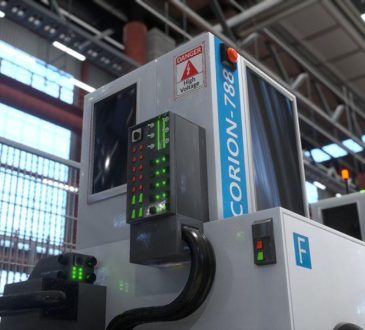
Traditional cigarettes have been widely used for years, but growing concerns about health risks and smoking restrictions have led to the rise of smokeless options. These smokeless alternatives in the Philippines provide users with an alternative without the combustion process, reducing exposure to harmful chemicals. Many smokers consider switching, but questions about effectiveness, health impact, and cost remain, especially when exploring options like a disposable vape, which offers convenience without the long-term commitment of reusable devices.
Health Considerations
Traditional cigarettes contain thousands of chemicals, many linked to serious health conditions. Tar and carbon monoxide enter the lungs, increasing risks of respiratory diseases and cardiovascular issues. Secondhand smoke further endangers non-smokers, leading to stricter regulations and public smoking bans.
Smokeless options eliminate combustion, significantly reducing toxic exposure. Without tar or secondhand smoke, users and those around them avoid inhaling harmful substances. Studies indicate lower risks of lung diseases and other smoking-related conditions. Although not entirely risk-free, these alternatives present a less harmful approach.
User Experience and Convenience
Traditional cigarettes require an open space due to smoke production and odor. Many public places prohibit smoking, limiting users to designated areas. Cigarettes also require frequent repurchasing, contributing to ongoing expenses.
Smokeless options, like disposable vapes and chewing tobacco, offer convenience without lingering odors or restrictions. Indoor use remains possible in many places where smoking bans apply. Products such as nicotine pouches or heated alternatives provide a similar experience without the ash or smoke, allowing discreet consumption. Many users find these alternatives easier to integrate into daily routines.
Cost Comparison
The cost of traditional cigarettes continues to rise due to taxation and regulations. Frequent purchases add up, making smoking an expensive habit. Prices vary, but long-term expenses remain high, especially for regular smokers.
Smokeless alternatives in the Philippines provide a more cost-effective solution over time. While initial investments for devices or accessories may seem high, the long-term savings become evident. Some options offer refillable or rechargeable components, reducing the frequency of repurchasing. Users often spend less on maintenance compared to continually buying cigarette packs.
Environmental Impact
Cigarette butts contribute to environmental pollution, ranking among the most littered items worldwide. Non-biodegradable filters remain in ecosystems, harming wildlife and contaminating water sources. The production and disposal of cigarette waste further impact environmental sustainability.
Smokeless options generate less waste, minimizing environmental harm. Without cigarette butts, litter decreases, leading to cleaner surroundings. Rechargeable devices or biodegradable alternatives further reduce pollution. Many users consider these factors when deciding to transition from traditional cigarettes.
Regulatory Considerations
Government policies on smoking continue evolving, affecting both traditional cigarettes and smokeless alternatives. Strict regulations limit cigarette sales, taxation, and public usage. Many cities enforce no-smoking zones, making traditional cigarette use inconvenient.
Smokeless alternatives in the Philippines exist within a regulatory framework addressing safety and public health concerns. While some restrictions apply, users experience fewer limitations compared to cigarette smokers. Understanding these regulations helps individuals make informed choices.
Social Acceptance and Stigma
Smoking in public often carries negative perceptions, with many viewing it as harmful to health and the environment. The lingering odor and secondhand smoke affect non-smokers, leading to social discomfort. Some smokers feel isolated due to restrictions and disapproval from peers or family members.
Smokeless options provide a more socially acceptable alternative. Without producing smoke or odor like disposable vapes, users avoid negative attention in public or social settings. The absence of secondhand smoke concerns makes these alternatives preferable in group environments.
Long-Term Sustainability
Smokers often face long-term health consequences, increasing medical expenses and impacting quality of life. Efforts to quit smoking remain challenging due to nicotine dependence and habitual behavior. Many seek alternatives to reduce risks while maintaining personal preferences.
Smokeless alternatives support a gradual transition without abrupt cessation. Users experience similar satisfaction while reducing exposure to harmful chemicals. Many find these options beneficial for long-term harm reduction strategies, making them a practical choice for sustainability.
Conclusion
Smokeless options provide advantages over traditional cigarettes in health impact, cost, convenience, and social acceptance. While not risk-free, they offer reduced exposure to harmful substances, making them a better choice for many users. Considering personal needs, budget, and long-term goals helps individuals make informed decisions.
Browse products from Smokeless Philippines and explore smokeless alternatives and other products designed to enhance your experience while reducing exposure to harmful chemicals.




